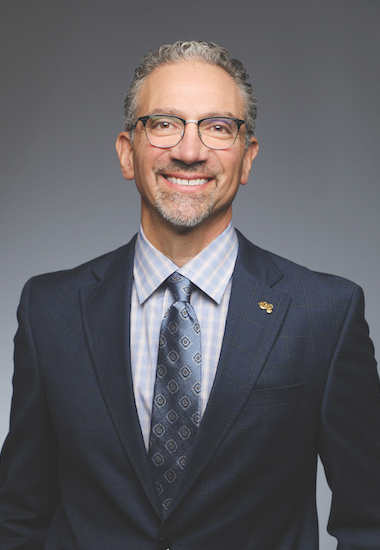ADA pushes back against payer downcoding on multisurface restorations
Association encourages state dental societies, dentists to advocate at state level


In response to increasing reports of downcoding by third-party payers, the American Dental Association is ready to support states and dental providers in addressing the practice and preventing it from becoming a universal policy.
Downcoding occurs when a payer uses a procedure code that is different from the one reported on the claim by the dentist so that the reimbursement amount is less than it would be for the submitted code. The ADA adopted a policy in 2016 strongly opposing forms of claims payment abuse by payers, including downcoding.
“When the ADA confronts insurance carriers, we are often told that the dentist chose to sign the contract and has permitted them to follow their processing policies. However, downcoding can negatively impact providers financially, confuse patients and erode dentists’ clinical judgment and trust in payer relationships,” said ADA President Brett Kessler, D.D.S.
Recently, a dentist reported placing a resin-based restoration that extended from the proximal to the buccal/lingual surface of the tooth without interruption with procedure code D2392 resin-based composite — two surfaces, posterior, but was paid by a Delta Dental member company for a single-surface restoration.
In response, the ADA Council on Dental Benefit Programs reached out to the plan and was told paying multisurface restorations as single-surface restorations was a Delta Dental Plans Association national policy set by the association’s policy committee. The Delta Dental Plans Association is a nonprofit national association made up of 39 member companies that provide dental insurance.
ADA leaders then followed up with a letter to the association, expressing their concerns with the policy and asking for the justification and reasoning behind it. The association responded with its own letter, indicating claims issues must be resolved with individual Delta Dental member companies.
“This back-and-forth approach leaves providers without clear recourse, and this policy leads to administrative strain and inconsistency across states,” said Mark A. Moats, D.M.D., chair of the ADA Council on Dental Benefit Programs. “A network provider, who has signed up with a specific Delta Dental plan, has to monitor the processing of all the other Delta Dental plans’ interpretations of how Delta adjudicates claims. It can be exhausting.”
The ADA is aware of other instances of downcoding, including payers downcoding three-surface restorations to two-surface restorations and posterior composite restorations to amalgam restorations. Some plans have also rejected code D1110 prophylaxis — adult in favor of D1120 prophylaxis — child for a 12-year-old patient with adult dentition because they defined a patient younger than 14 as a child, regardless of the dentition present.
The ADA Council on Dental Benefit Programs urges state dental associations and dentists to stay vigilant and raise concerns directly with their local Delta Dental member companies to help ensure fair claims processing and protect patient care decisions. It also recommends that providers continue to appeal payer decisions to downcode claims.
For more information on downcoding, visit ADA.org/downcoding.



